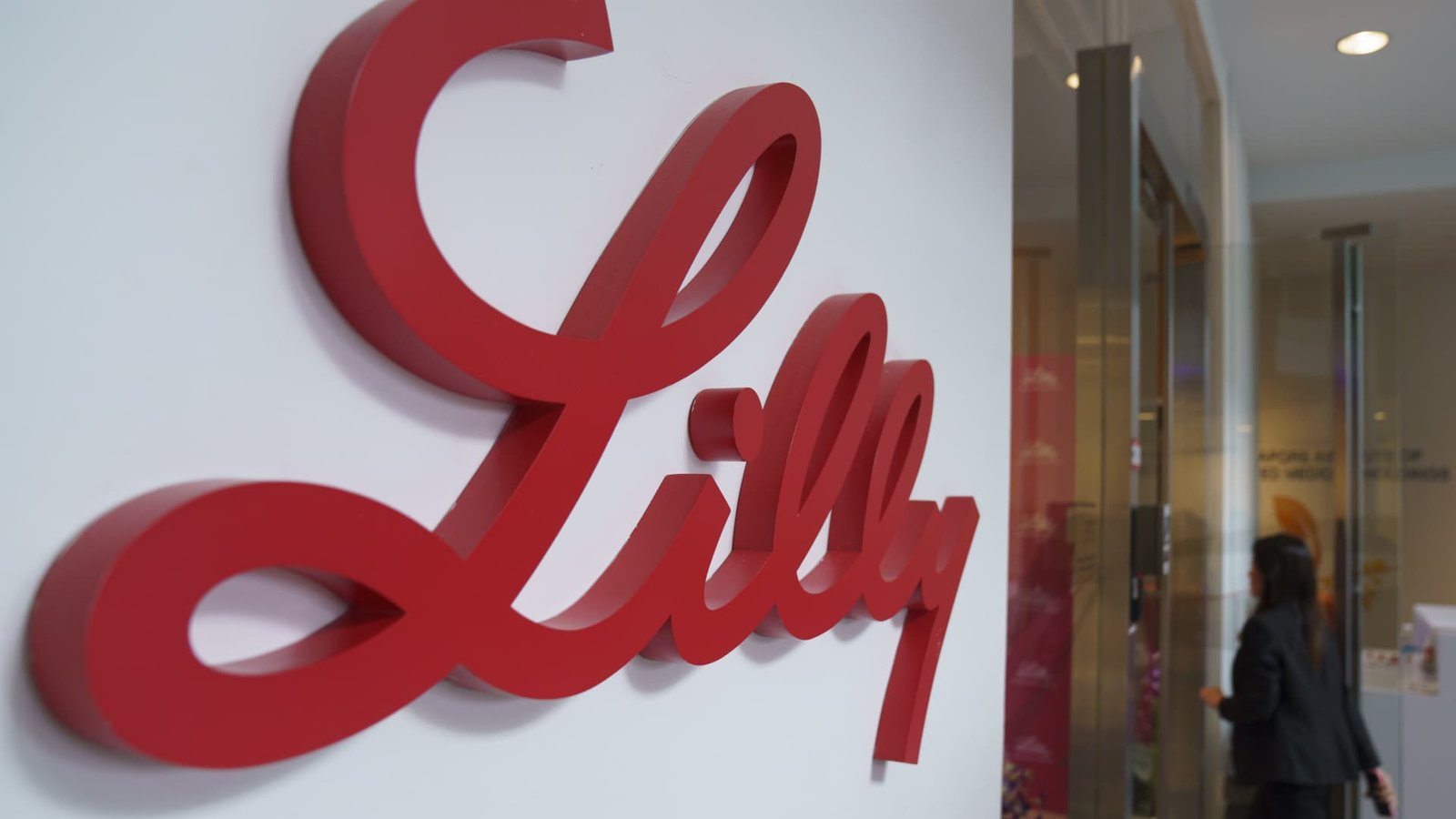In this article, Eli Lilly reduced its revenue guidance on Tuesday, citing that the demand for its weight loss and diabetes drugs would not meet its high expectations. As a result, the drugmaker’s shares closed more than 6% lower on Tuesday. Eli Lilly now anticipates full-year 2024 revenue to be around $45 billion, which is lower than the $45.4 billion to $46 billion range forecasted in October. Despite this adjustment, the new outlook would still represent a 32% increase in revenue from the previous year.
Eli Lilly has been working to meet the increasing demand for its diabetes treatment Mounjaro and obesity drug Zepbound by investing billions to expand its manufacturing capacity for the company’s popular incretin drugs. These efforts seem to be yielding positive results, as the Food and Drug Administration reaffirmed in December its decision to address the U.S. shortage of tirzepatide, the active ingredient in both drugs.
During an interview with CNBC on Tuesday, Eli Lilly CEO Dave Ricks mentioned that the company has a significant supply coming online and expects this growth trend to continue. He also highlighted plans to enhance manufacturing capacity, aiming to produce at least 60% more sellable doses of its incretin drugs in the first half of the year compared to the same period in 2024.
For the fourth quarter, Eli Lilly is projecting $13.5 billion in revenue, with approximately $3.5 billion attributed to Mounjaro and $1.9 billion to Zepbound. Analysts surveyed by LSEG had anticipated fourth-quarter and full-year revenue of $13.94 billion and $45.49 billion, respectively.
The revised outlook from Eli Lilly comes as the company faces competition from Novo Nordisk and other smaller rivals in the rapidly growing weight loss and diabetes drug market. Eli Lilly is working on an obesity pill that aims to be more convenient for patients and easier to manufacture, with Ricks expecting approval as early as next year.
Ricks explained that while the U.S. incretin market grew by 45% compared to the same quarter last year, the previous guidance had expected even faster growth acceleration for the quarter. This, along with lower-than-expected channel inventory at year-end, contributed to the Q4 results, according to Ricks.
The drugmaker also anticipates sales of $58 billion to $61 billion in fiscal 2025. Eli Lilly is scheduled to release its full quarterly results on Feb. 6.




